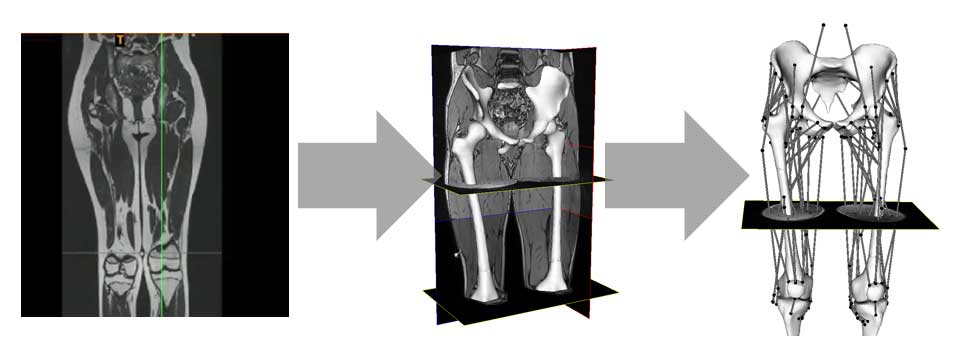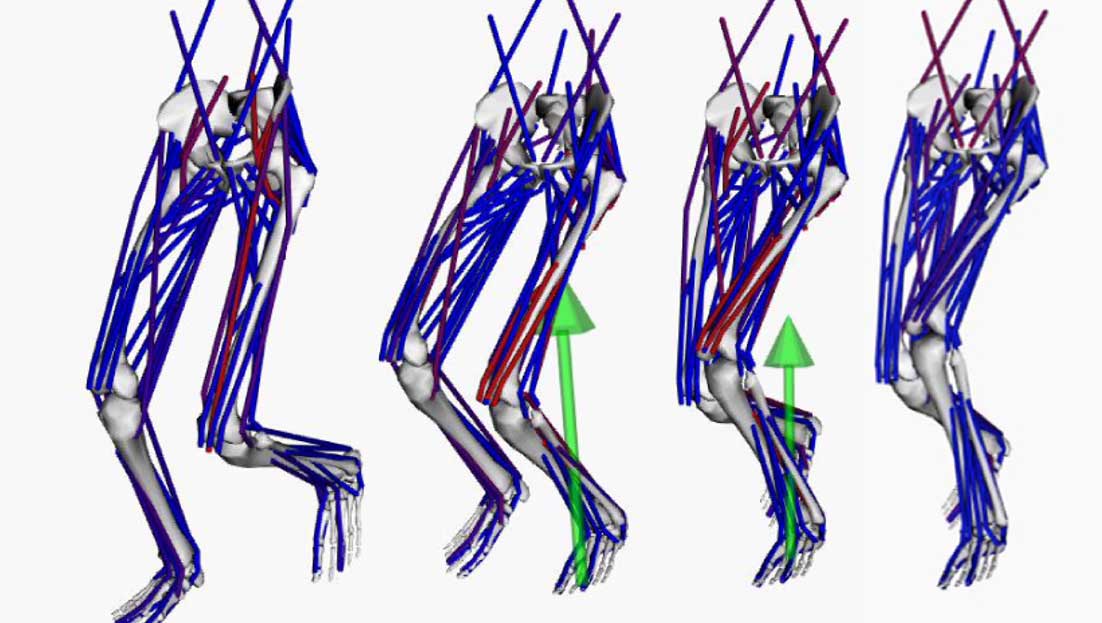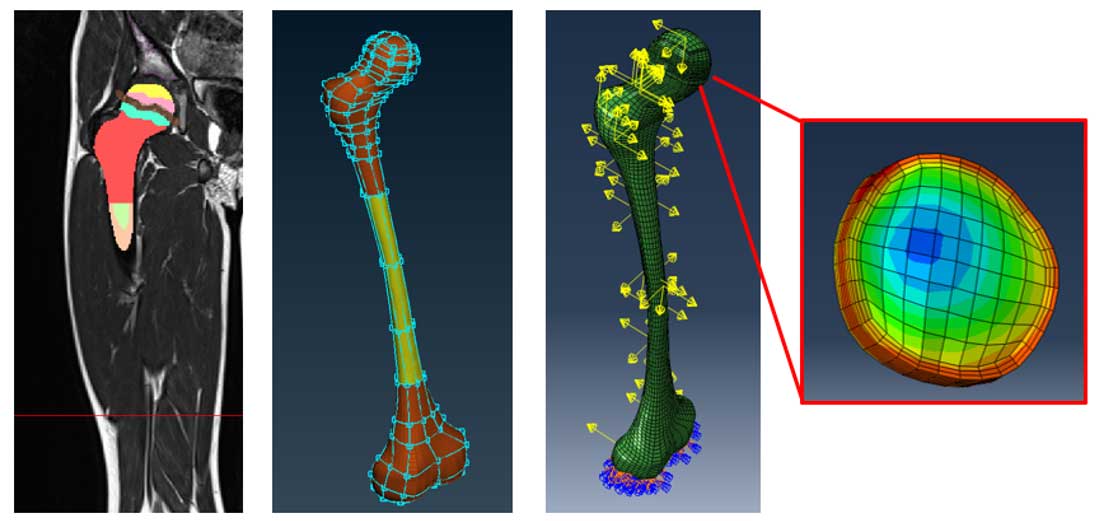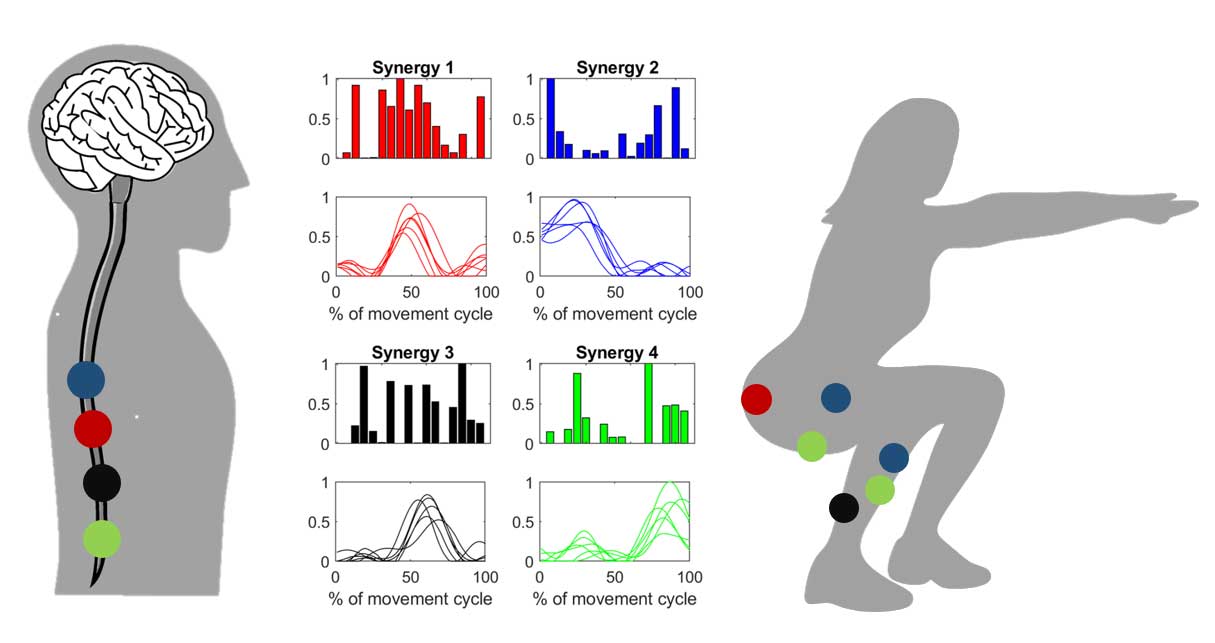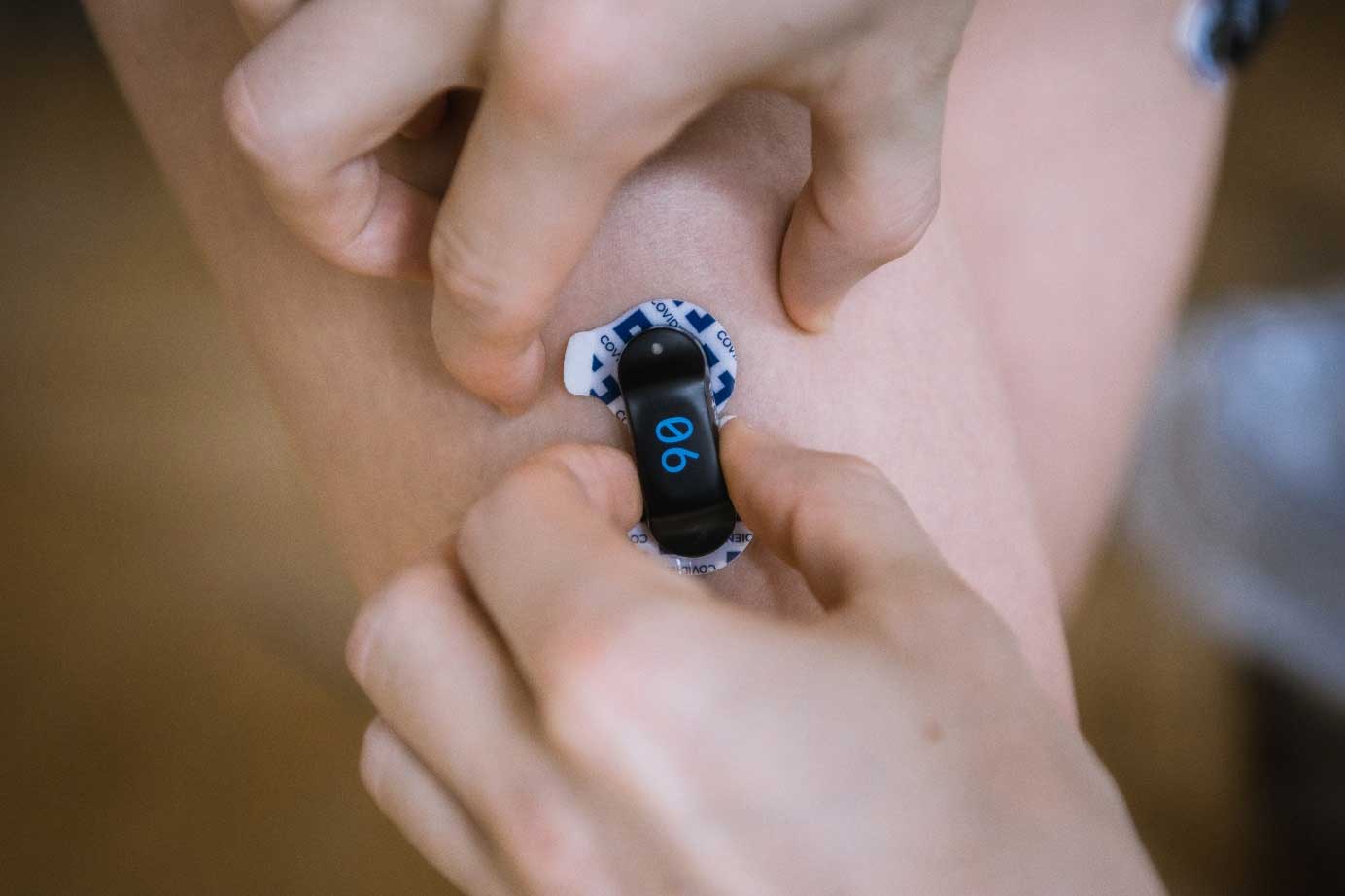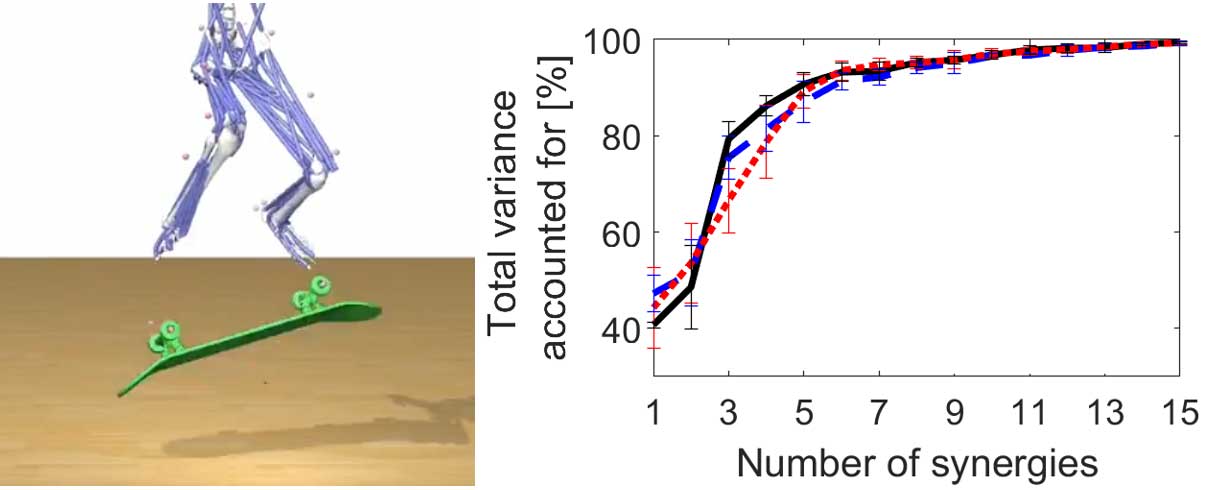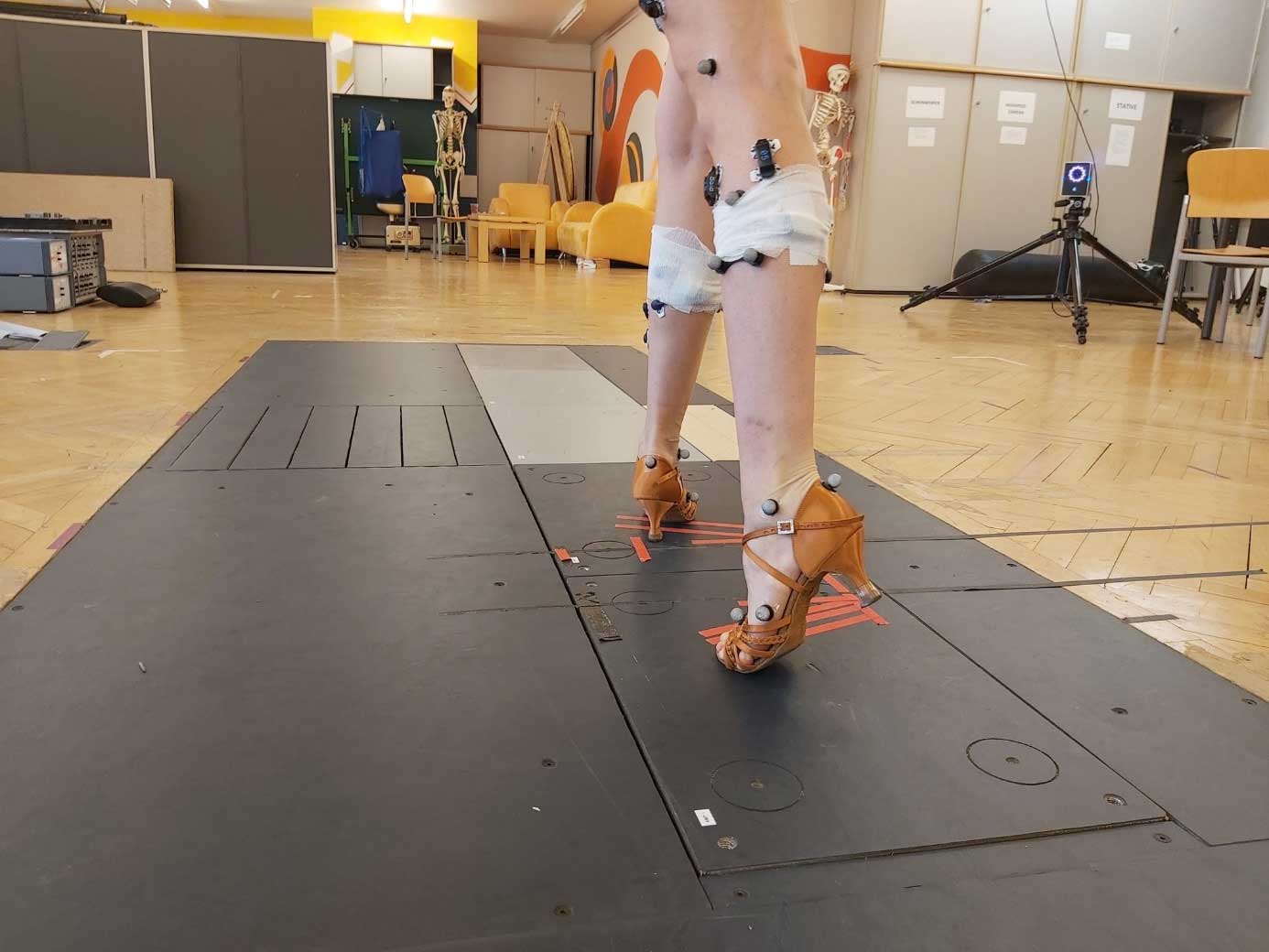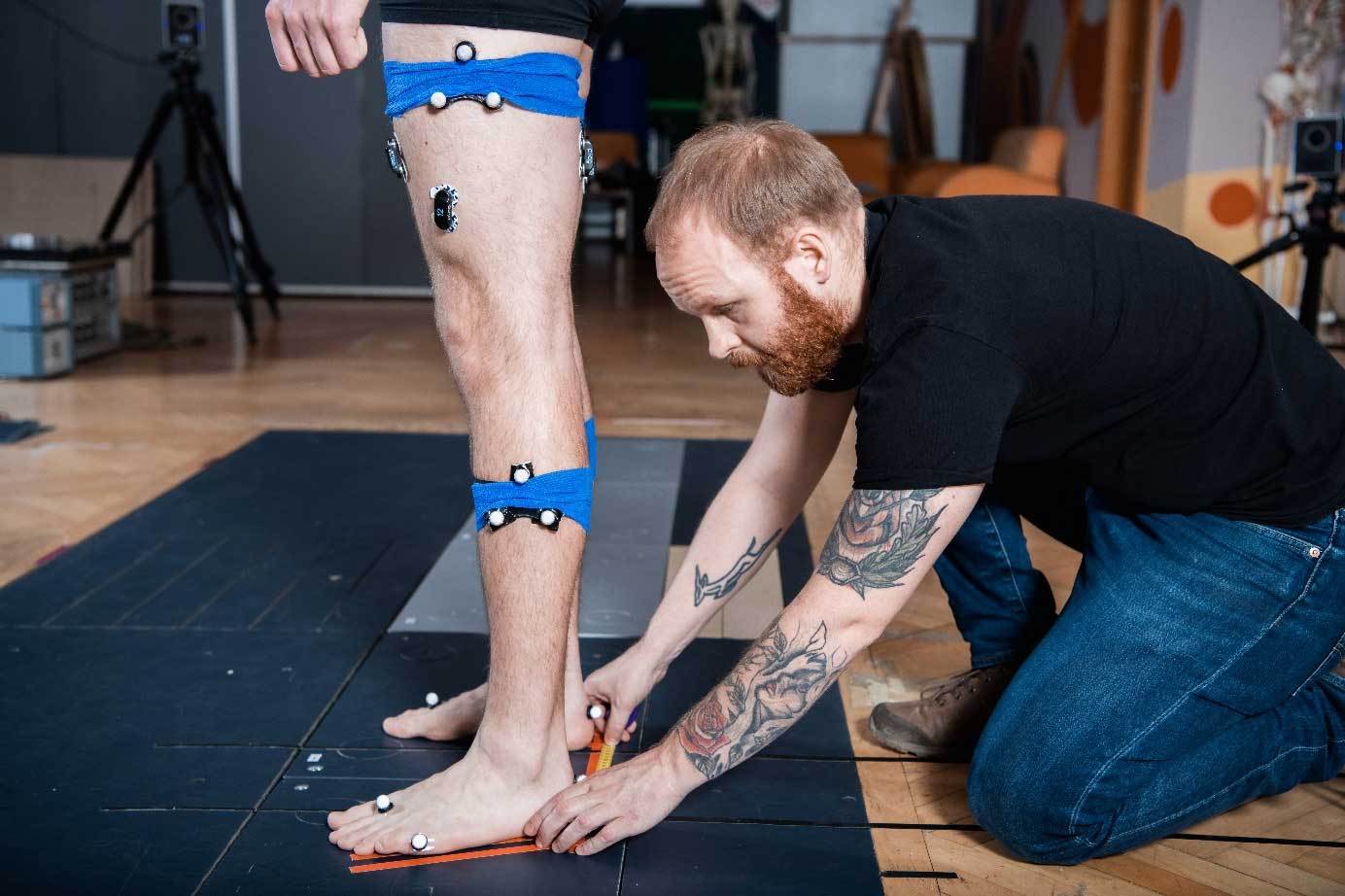Current Projects
INSIDE-BONE
The Inside-Bone Project explores the complex interplay between mechanical loading, bone growth, and femoral morphology in both typically developing children and those with idiopathic torsional deformities of the femur. It started in April 2025 and is funded by the ERC (European Research Council).
To find out more about it or even participate in the study, click the link below!
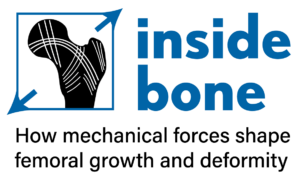
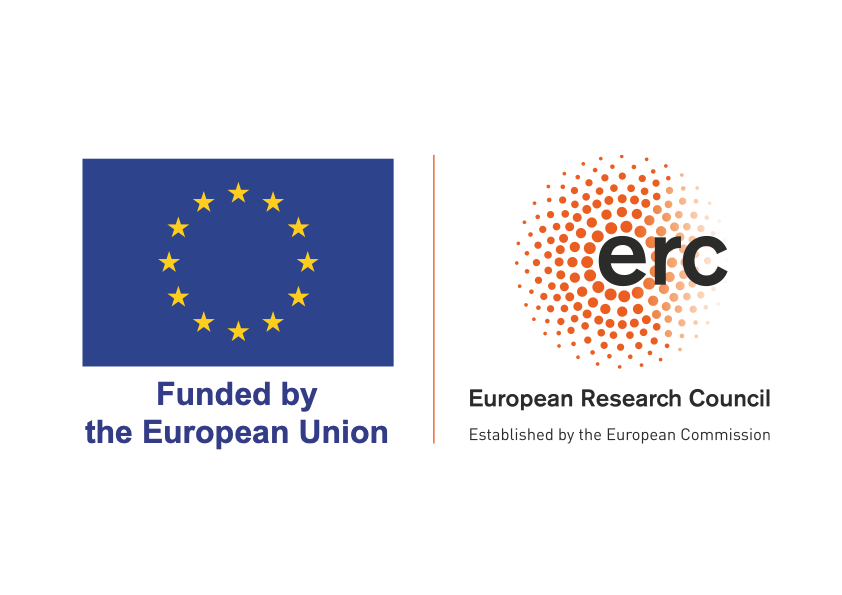
MODEL-CP
The Model-CP Project focuses on predicting surgical outcomes for children with cerebral palsy. The goal is to improve clincal decision-making by taking into account multiple different parameters of one person to determine the ideal intervention. The project is funded by the Austrian Science Fund FWF.
If you want to read more on the topic, visit the homepage by clicking the link below!
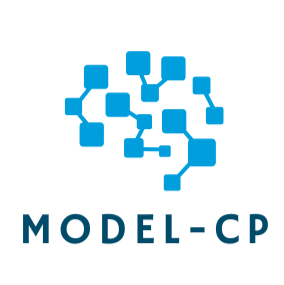
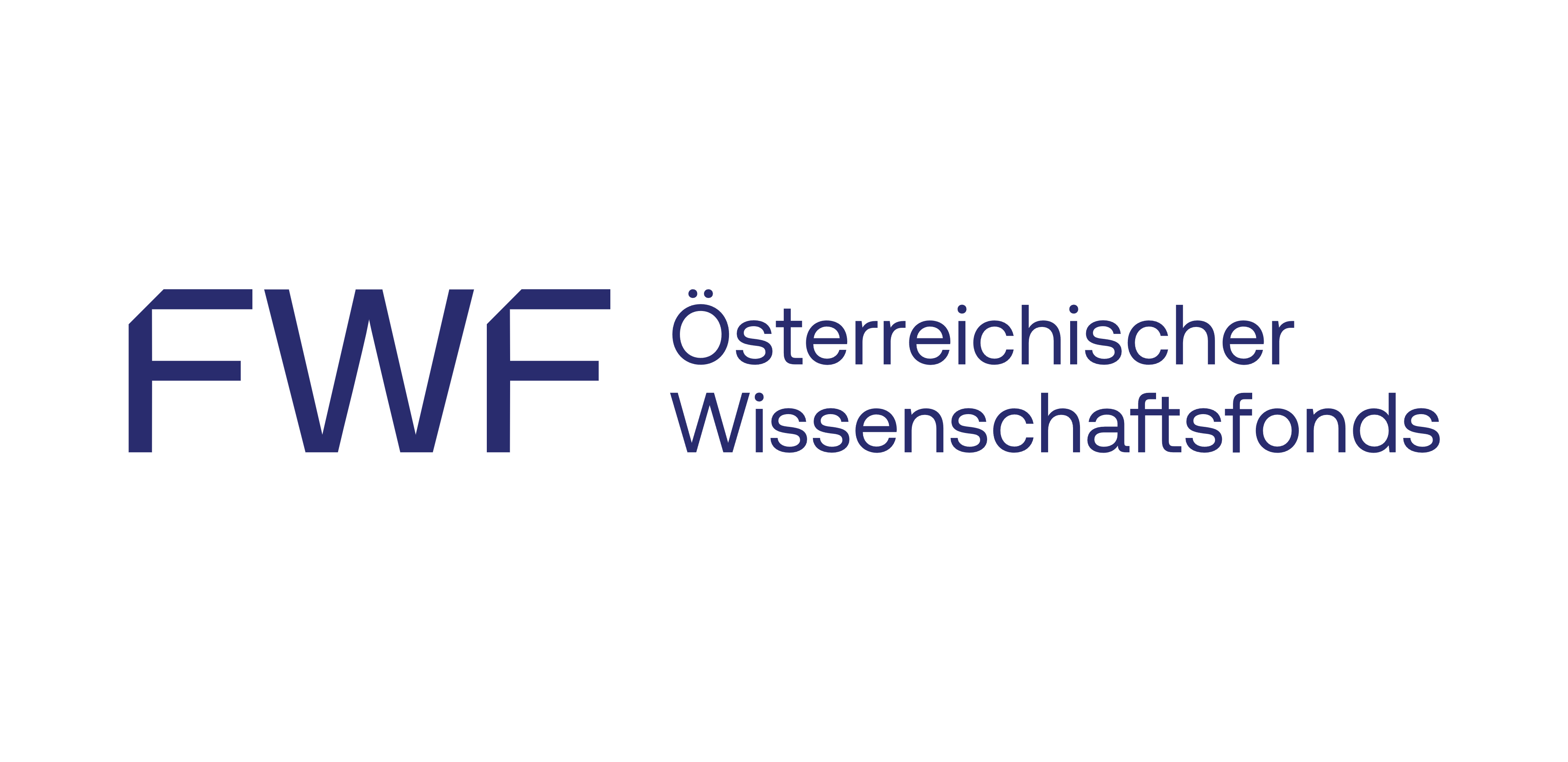
Our Research Interest
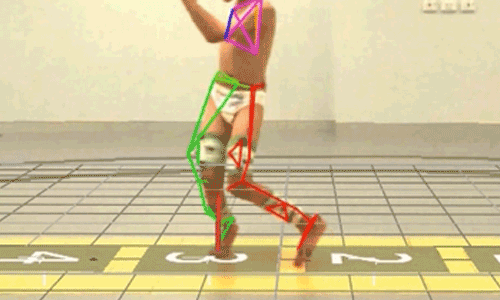

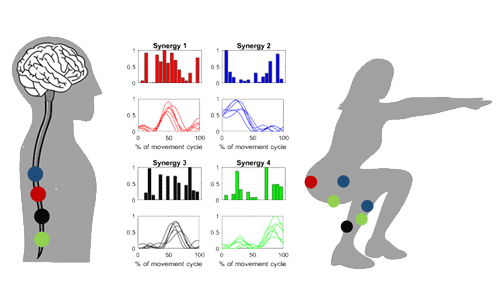
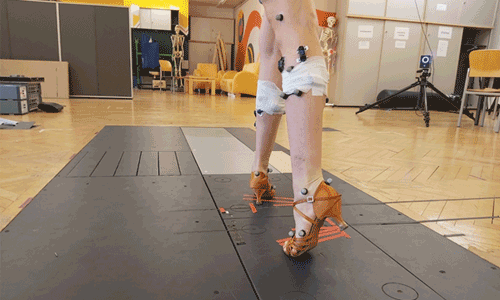
Improve clinical decision-making in children with cerebral palsy
- Cerebral palsy (CP) is the most common pediatric neurological disorder with a prevalence of 2-3 cases per live birth in Europe
- Multi-level surgeries are used to correct musculoskeletal abnormalities and improve walking
- Outcome of surgeries are modest (no improvement in 60% of patients) and stagnated over the last two decades
- We use computer simulation based on neuro-musculoskeletal, statistical and finite element models to estimate clinically-relevant parameters with the aim to improve our insights in the causal factors of gait dysfunction and increase the number of positive treatment outcomes in the future
- For our simulations we develop on one hand methods to create highly subject-specific models for basic research questions and on the other hand fast and easy workflows to enable the integration of state-of-the-art modelling into clinical practice
- We collaborate with the word-renowned leaders in the treatment of cerebral palsy, including clinical gait laboratories of the University Hospital Pellenberg (Belgium), Gillette Children’s Specialty Healthcare (USA) and Orthopedic Hospital Speising (Austria)
Predict individual bone growth based on a person’s gait pattern
- Many children develop bony deformities during growth due to pathological loading of the skeleton
- Corrective osteotomies, e.g. de-rotation surgeries, are used to correct excessive deformities
- The mechano-responsive of the pediatric skeleton provides an exciting opportunity to correct the loading environment at an early stage to avoid the development of bony deformities
- We use multi-scale simulations based on neuro-musculoskeletal and finite element models to predict femoral growth trends and investigate what loading characteristics lead to typical and pathological growth
- To validate our mechanobiological growth predictions we compare our simulation results with the actual change in femoral geometry obtained from magnetic resonance images collected on two occasions
- Investigating the impact of clinical interventions on musculoskeletal loading and femoral growth enables us to pinpoint which early interventions have the potential to normalize femoral growth
Increase our insights in the motor control of complex movements
- Muscle forces are necessary for any active human movement from simple upright standing to complex athletic movements
- Muscles are controlled by neural electrical commands
- Electromyography recordings capture the electrical signals, which lead to muscle contractions, and can provide insights into neuromuscular control strategies
- The central nervous system is believed to use task-specific motor modules, called muscle synergies, to reduce motor control complexity
- Muscle synergies can be calculated from electromyography recordings and used for motor control studies
- We use muscle synergy analyses to investigate how humans perform complex movements and learn new motor tasks
Estimate musculoskeletal loading during different movements in healthy and pathological populations
- Over-loading of the musculoskeletal system due to inappropriate repetitive movements can lead to injuries
- Muscle strengthening exercises are recommended to prevent injuries and accelerate rehabilitation
- Many exercise and rehabilitation recommendations are based on expert-opinions instead of evidence-based research
- We use neuro-musculoskeletal simulation to increase our knowledge about the impact of movements and exercises on the loading of the musculoskeletal system
- In our movement analysis laboratory, we collect and analyze data from different populations including athletes, e.g. professional and amateur dancers, adipose children and healthy adults
- Our research findings might help to prevent injuries in the future and design evidence-based rehabilitation programs
Neuromechanics Research Group
of Vienna focuses mainly on the topics mentioned.
If you have a new project idea or question about our research contact us!


